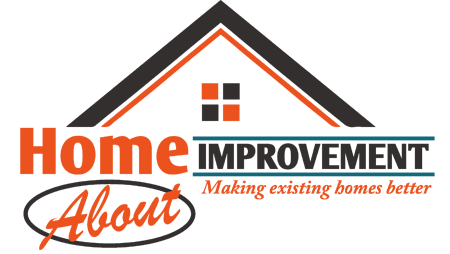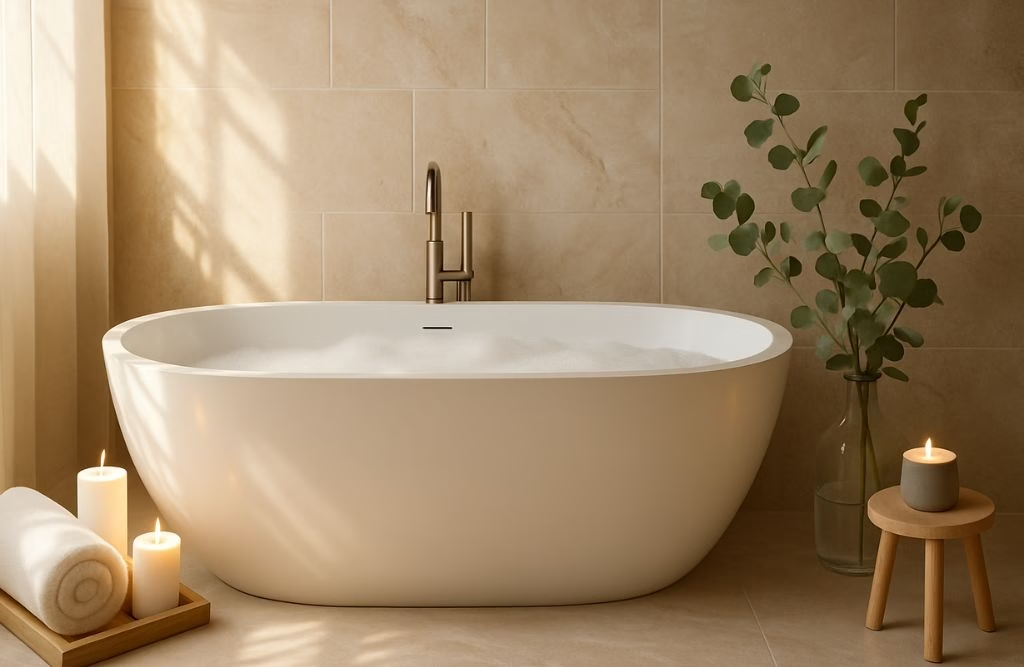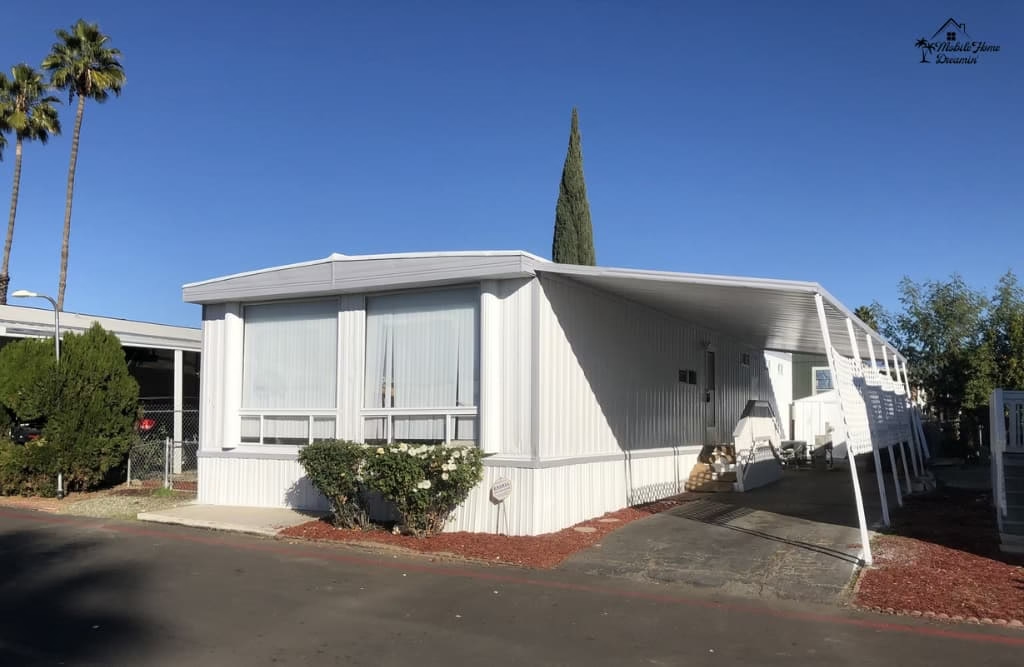In 2024, the concept of a smart home is no longer a dream but a tangible reality. Did you know that the global smart home market is projected to reach $135.3 billion this year? That’s right – smart homes are revolutionizing our environment, and it’s time for you to join this exciting trend.
In this guide, we’ll explore how you can upgrade your living space with the latest smart home integration techniques, including some often-overlooked gems like outdoor solar lighting and string lights So, let’s dive in and discover how you can transform your house into a tech-savvy haven!
Smart Home Integration| Understanding Smart Home Basics
Before we delve into the specifics, let’s clarify what defines a smart home in 2024. At its core, a smart home is a residence equipped with devices that can be controlled remotely via smartphone, voice commands, or automation. The key components of a smart home system typically include:
– A central hub or controller
– Smart speakers and voice assistants
– Connected appliances and devices
– Sensors and actuators
– A robust home network
The benefits of smart home integration are numerous, ranging from energy savings and increased convenience to enhanced security and comfort. However, it’s important to dispel some common misconceptions. For instance, many people believe that setting up a smart home is overly complicated or expensive. In reality, with the right guidance, it can be a straightforward and cost-effective process.
Essential Smart Home Devices for 2024
To start your smart home journey, consider incorporating these essential devices:
- Smart speakers and voice assistants (e.g., Amazon Echo, Google Nest)
- Smart lighting systems (e.g., Philips Hue, LIFX)
- Smart thermostats (e.g., Nest, ecobee)
- Smart security systems (cameras, doorbells, locks)
- Smart appliances (refrigerators, washing machines, ovens)
Don’t forget about outdoor spaces! Integrating outdoor solar lighting can significantly enhance your home’s exterior while being energy-efficient. Solar-powered path lights, wall sconces, and even solar string lights can create a magical ambiance in your garden or patio while reducing your carbon footprint.
Choosing the Right Smart Home Hub
The heart of your smart home is the hub or ecosystem you choose. Popular options include:
– Apple HomeKit
– Google Home
– Amazon Alexa
When selecting a hub, consider factors like device compatibility, ease of use, and scalability. Ensure that the hub you choose supports the devices you plan to integrate, including any outdoor smart lighting solutions you have in mind.
Integrating Smart Devices Throughout Your Home
Let’s take a room-by-room approach to smart home integration:
Living Room
Transform your living room into an entertainment powerhouse with smart TVs, sound systems, and lighting. Use voice commands to adjust the ambiance or create custom scenes for movie nights or parties.
Kitchen
Upgrade your culinary space with smart appliances like refrigerators with touch screens and voice-activated recipes. Smart coffee makers can have your morning brew ready as soon as you wake up.
Bedroom
Enhance your sleep with smart mattresses and sleep tracking devices. Use smart blinds to gradually let in sunlight for a natural wake-up call.
Bathroom
Install smart mirrors that display the weather and your daily schedule while you brush your teeth. Voice-activated showers can set the perfect temperature before you step in.
Outdoor Spaces
Don’t neglect your yard or patio! Integrate smart irrigation systems for efficient watering, and install motion-activated security lights. Here’s where you can get creative with outdoor solar lighting and string lights. Solar-powered LED string lights can create a cozy atmosphere for evening gatherings without increasing your energy bill. You can even find smart string lights that change colors or patterns via app control!
Enhancing Home Security with Smart Technology
Security is a top priority for any homeowner. Here’s how smart tech can help:
– Install smart door locks with fingerprint or code access
– Set up AI-powered security cameras with facial recognition
– Use smart smoke detectors and carbon monoxide sensors
– Integrate all security devices with your smartphone for real-time alerts
Remember to extend your security measures to outdoor areas. Solar-powered motion sensor lights are an excellent addition to your home’s security system, illuminating potential intruders while staying energy-efficient.
Energy Management and Sustainability
One of the biggest advantages of a smart home is improved energy efficiency. Consider these options:
– Install smart meters and energy monitoring systems
– Create automated energy-saving routines (e.g., lights off when no one’s home)
– Integrate solar panels with your smart home system
– Use smart water valves and leak detectors for water conservation
Outdoor solar lighting plays a significant role in energy management. By harnessing solar energy, you can illuminate your outdoor spaces without impacting your electricity bill. Plus, many solar lights now come with smart features, allowing you to control them remotely or set schedules.
Creating Custom Automation and Scenes
The true magic of a smart home lies in automation. Here are some ideas:
– Set up a “Good Morning” routine that gradually turns on lights, starts the coffee maker, and reads out your daily schedule
– Create an “Entertainment” scene that dims the lights, lowers the blinds, and turns on your home theater system
– Use geofencing to trigger actions when you leave or arrive home (e.g., turn off all lights when you leave)
– Experiment with IFTTT (If This Then That) for more advanced integrations
You can also include your lighting in these automations. For example, you could set your solar string lights to turn on automatically at sunset, creating a welcoming atmosphere as you return home from work.
Overcoming Common Smart Home Challenges
As with any technology, you may encounter some challenges:
– Troubleshoot connectivity issues by ensuring your Wi-Fi network is strong and stable
– Protect your data privacy by using strong passwords and keeping your devices updated
– Regularly update your smart home devices to ensure optimal performance and security
– For older appliances, consider smart plugs or adapters to integrate them into your system
Future-Proofing Your Smart Home
As technology evolves, so will your smart home. Here’s what to keep in mind:
– Stay informed about emerging technologies like advanced AI assistants and holographic displays
– Prepare for the impact of 5G on smart homes, which will enable faster, more reliable connections
– Choose scalable solutions that can grow with your needs
– Keep an eye on advancements in machine learning that could make your home even smarter
Conclusion
Congratulations! Now you’re equipped with the knowledge to transform your living space into a cutting-edge smart home for 2024 and beyond. By integrating these smart devices and systems, including often-overlooked elements like outdoor solar lighting and smart string lights, you’ll not only enhance your daily comfort and convenience but also boost your home’s energy efficiency and security.
Remember, the key to a successful smart home integration is starting with a solid plan and choosing devices that work seamlessly together. The combination of smart technology and thoughtful lighting can turn your entire property into a responsive, efficient, and beautiful living environment.
As technology continues to evolve, your smart home will adapt and grow with you, providing an ever-improving living experience. So why wait? Start your smart home journey today and step into the future of modern living. Your dream home – inside and out – is just a few smart decisions away!











